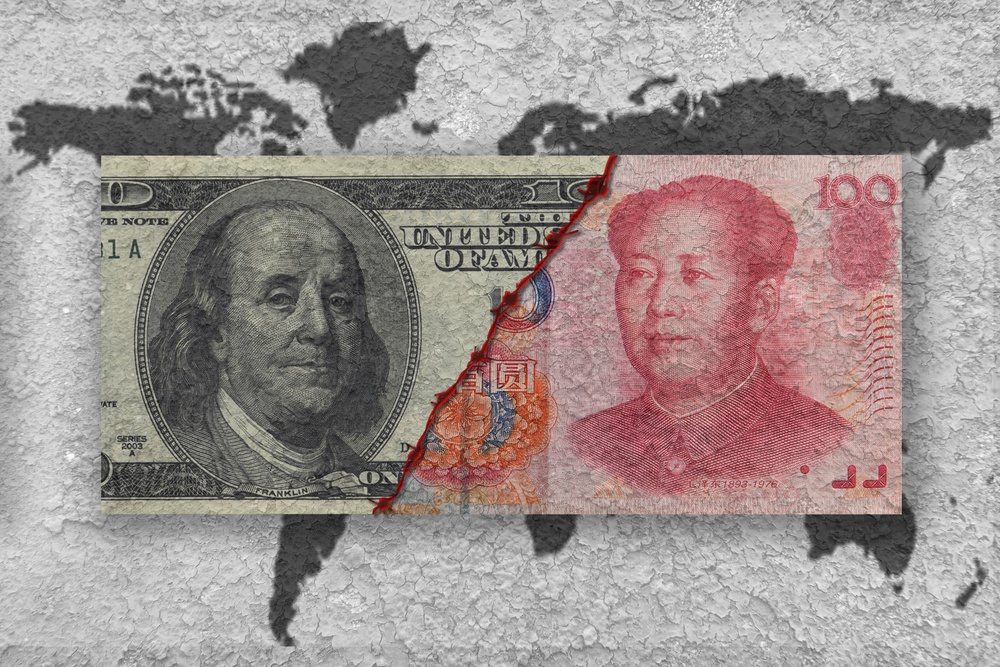
Dow, S&P 500 Stabilize After Two-Day Decline
All of Wall Street’s benchmark indexes reported gains on Wednesday, stemming a brutal two-day drop in the first half the week. The Dow Jones Industrial Average climbed 113 points, or 0.4%, to reach 26,078.80. The blue-chip index opened lower on Wednesday, reflecting tepid pre-market conditions for Dow futures.
Dow Jones Industrial Average bounces back on Wednesday after two days of retreat. | Chart via Yahoo Finance.
The broad S&P 500 Index of large-cap stocks climbed 0.3% to 2,892.11. Most of the 11 primary sectors tracked by the index traded in positive territory.
Meanwhile, the technology-focused Nasdaq Composite Index advanced 0.2% to 7,977.91.
The CBOE Volatility Index, commonly known as the VIX, showed signs of stabilizing after surging more than 50% on Monday and Tuesday. The so-called “fear index” settled at 18.94 after briefly trading above 21 earlier in the day. VIX trades on a scale of 1-100 with 20-25 representing the historic average.
China’s Trade Balance Weakens Unexpectedly

China’s dollar-denominated trade surplus plummets unexpectedly in April. | Source: Shutterstock
China’s export industry languished unexpectedly last month, offering the latest glimpse of a domestic economy trying to balance expansion with a renewed emphasis on services and consumption.
Data from the Administration of Customs showed a 2.7% decline in exports from a year earlier, partially reversing a 14.2% gain the month before. Imports climbed 4% annually, defying expectations of a similar drop.
Beijing’s dollar-denominated trade surplus plunged to $13.84 billion in April from $32.67 billion in March – a month-over-month decline of 57%. Analysts were expecting the surplus to strengthen to $35 billion.
China is currently negotiating a new trade agreement with the United States, its largest export market, but key stumbling blocks remain. On Sunday, President Trump threatened to impose the highest tariff on all of China’s exports to the United States if Beijing doesn’t return to the negotiating table and make important concessions.
Trump upped the tariff rhetoric after one of his top trade advisers informed him that Beijing had reneged on some of its prior commitments concerning intellectual property.
Click here for a real-time Dow Jones Industrial Average (DJIA) price chart.
